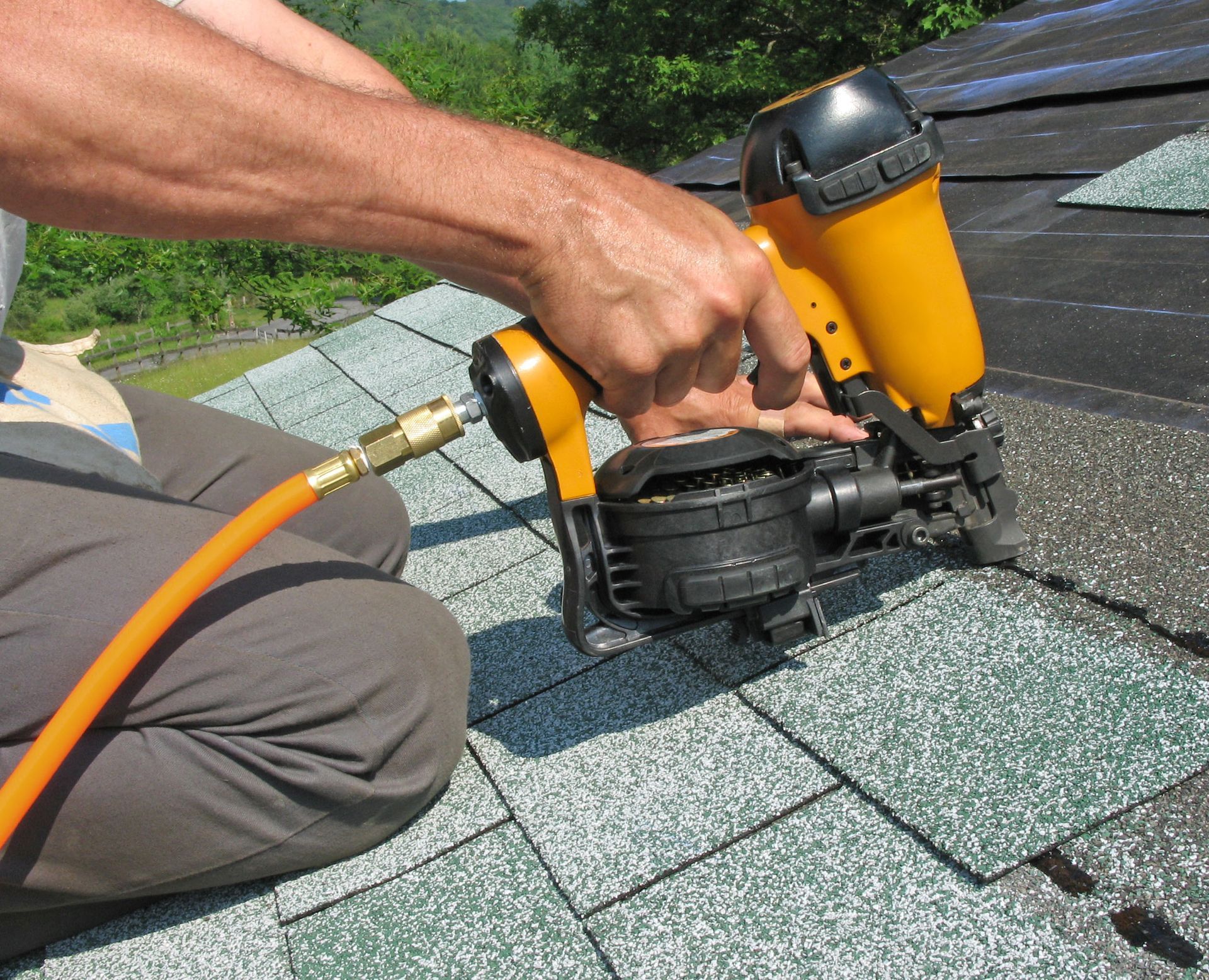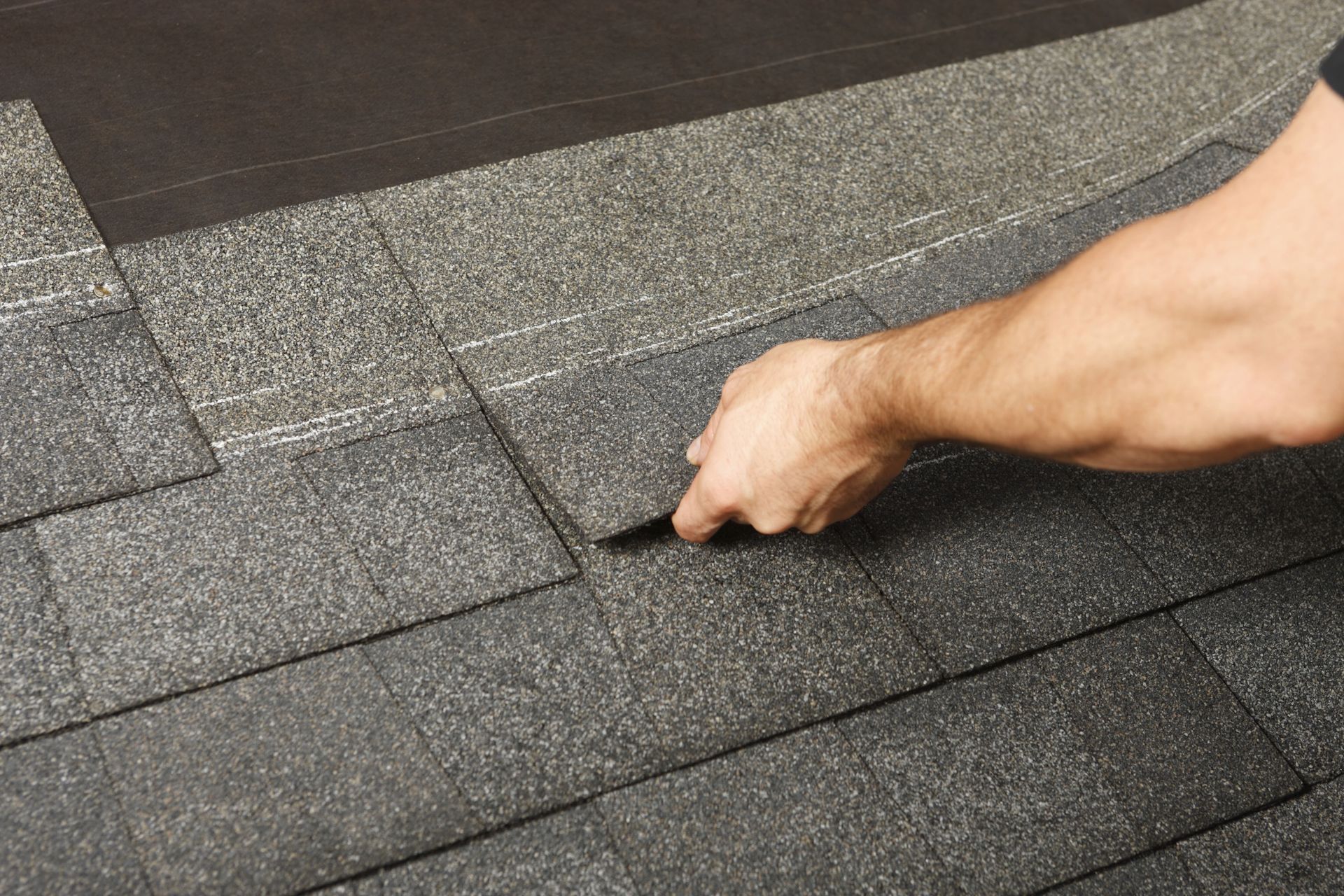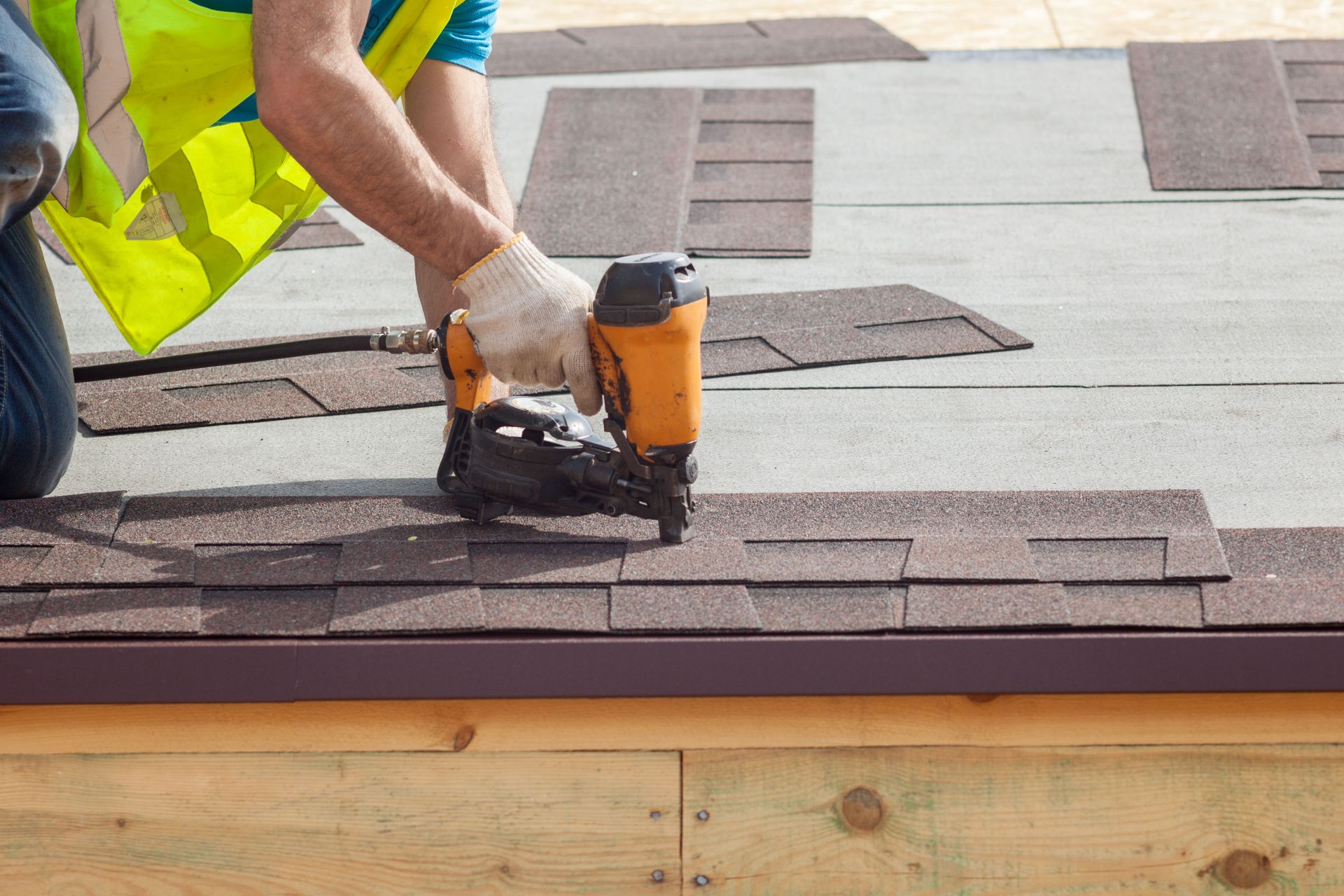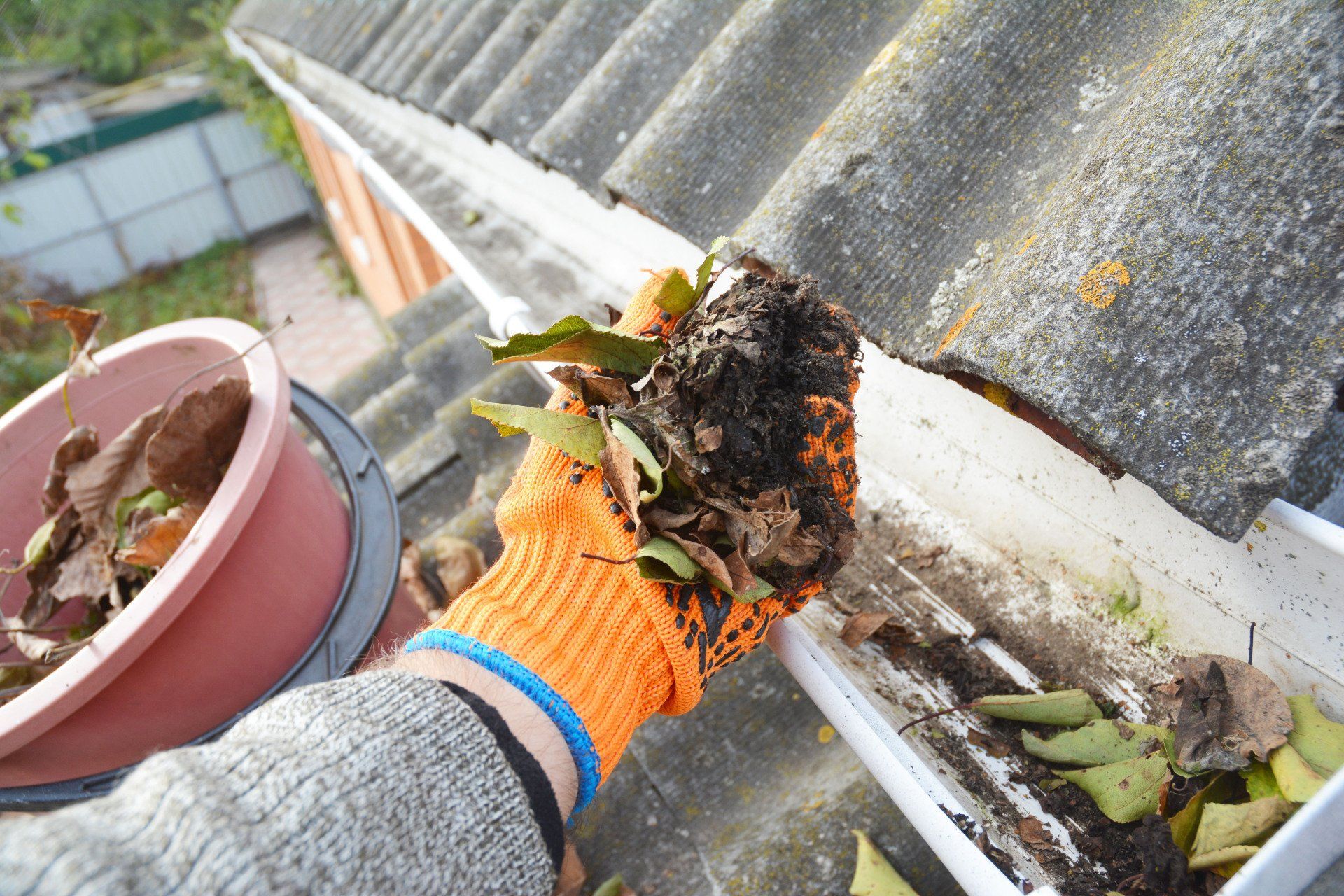Lingo You Should Know When Hiring a Roofing Contractor
If you're planning on hiring a roofing contractor for a project, there are some key pieces of lingo that you should be aware of. Understanding these terms can help you communicate effectively with the contractor and make sure your job is done to the highest quality possible. Let's take a look at some of the words to look out for.
Square
According to Bob Vila, most roofers use square to refer to square feet. One square is 100 square feet in area, the equivalent of a 10-foot by 10-foot square. Using this term makes it easier for contractors to communicate the size of a roof without having to describe it in detail. In addition, when the contractor quotes a price, they may be referring to the number of squares.
Ridge
The ridge is the highest point on the roof, where two sides meet. Contractors may discuss ridge venting or adding additional protection around the ridge. This will help keep water from seeping in and causing damage.
Valley
Valleys are defined as areas where two parts of an angled roof intersect. It's important for contractors to be aware of valleys when installing shingles because they can be more prone to leaking if not properly sealed. Knowing this word will make it easier to understand what is going on with your project.
Decking
Next we have decking. Decking is the term used for the boards that make up the structure of your roof. These boards may be wood or composite materials, and they provide the foundation for shingles to be installed on top. It's a good idea to ask your contractor what material is used in the decking.
Flashing
Another term is flashing. Flashing is a thin material (usually metal) used to join pieces of building material together and prevent water from seeping in. It's important that flashing is installed properly. Otherwise, it can lead to serious damage down the line.
Underlayment
The underlayment is an extra layer of material placed between the decking and shingles. It acts as an additional barrier to prevent water from seeping in, and it also provides added insulation. This is especially important to know about if you live in an area that gets a lot of rain.
Ice & Water Shield
An ice & water shield is a specialized self-adhesive membrane used as extra protection against water damage. When it gets cold, the water freezes bringing in a new type of problem. It's typically installed around the perimeter of the roof, along valleys, and in other areas where leakage can occur.
Understanding these terms can help you communicate more effectively with your roofing contractor and ensure that your project is completed properly. With this knowledge in hand, you'll be better equipped to make sure the job is done right the first time. Give Ameristar Roofing & Restoration a call today to learn more.





Share On: